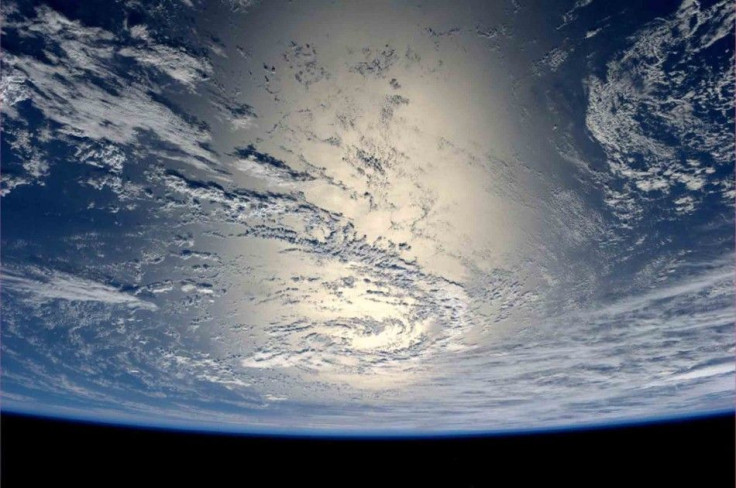‘Ozone Layer Has Started Recovery Process:’ UN Scientists

The ozone layer, which protects the Earth from various harmful cosmic rays, has started its recovering process, the United Nations reported.
The stratospheric layer is responsible for absorbing a lion's share of the ultra-violet radiation of the sun. Scientists have long been complaining against human indulgence in certain chemicals which damage the ozone layer. A damaged ozone layer, aka the ozone hole, is one of the most significant environmental problems scientists have faced over the years. Over-exposure to UV rays may cause damaged crops and skin cancer. This is the first occasion in the last 35 years that scientists confirmed a recovery process in the stratospheric layer.
According to scientists, the recovery started after certain chemicals had been banned during the 80s. Norway, Canada and the United States banned aerosol sprays in 1978 that contained CFC. However, the European nations continued to use such products. It was only after the ozone hole had been discovered in 1985 that the production of CFC was largely restricted. The Montreal Protocol was negotiated and CFC production was heavily regulated in 1987. It was completely phased out by 1996. The recent update about the recovered ozone layer turns out to be an exceptional positive
A scientific panel at the UN said on Wednesday, Sept 10 that the development had shown that the world could counter an ecological crisis if everyone worked together for the cause. NASA scientist Paul A. Newman said that ozone levels grew 4 per cent at around 30 miles high in major mid-northern latitudes from 2000 to 2013. There was a team of 300 scientists, co-chaired by Newman, assessed the ozone layers once in every four years. Mexican chemist Mario Molina, who won the Nobel Prize for his research on the ozone depletion, welcomed the update. "It's a victory for diplomacy and for science and for the fact that we were able to work together," he said.
The ozone layer gets alarmingly thin in the Antarctic region every year between August and December. According to WMO senior scientific officer Geir Braathen, scientists may still have to wait for another 10 years or so to give a stronger confirmation the recovery. "We think in about 2025 or thereabouts we'll be able to say with certainty that the ozone hole is getting smaller," he said.
Contact the writer: s.mukhopadhyay@ibtimes.com.au




















